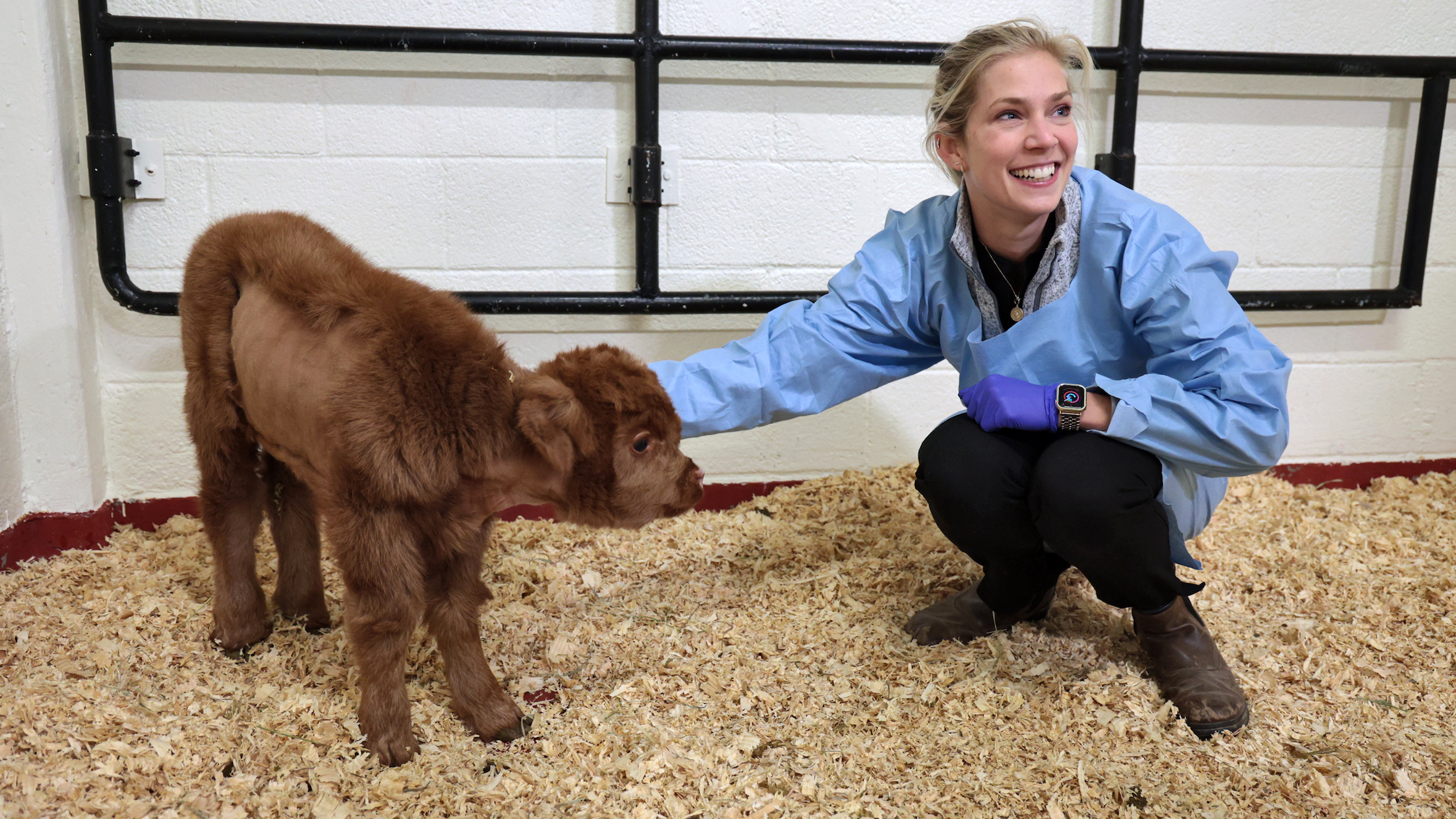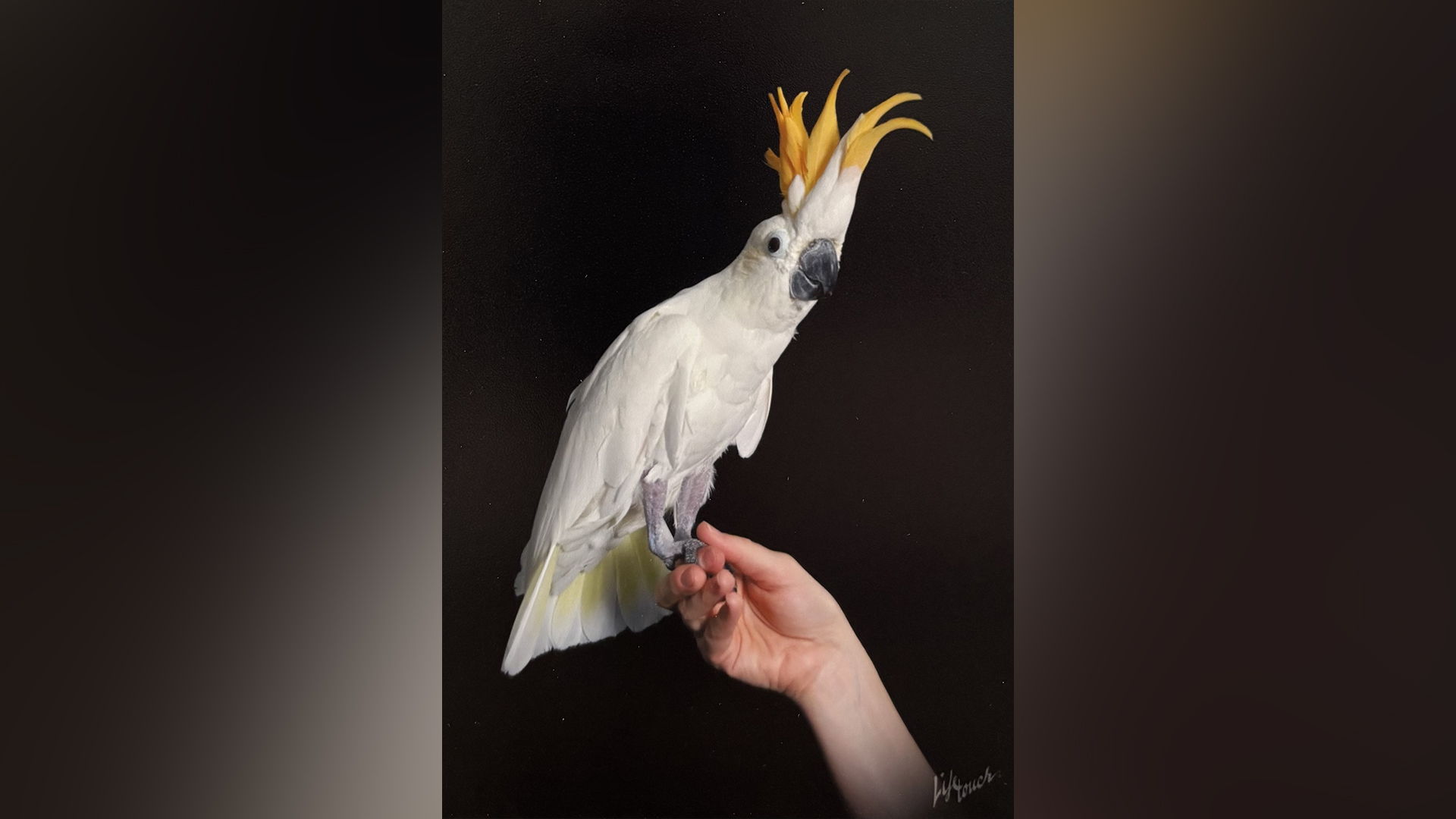NC State Working to Keep Historic TAU Where the Future Happens
An 80-acre working farm that includes the barns and silos, the unit allows NC State’s veterinary students to learn husbandry, production management and procedures used routinely in livestock production right outside their college classrooms.
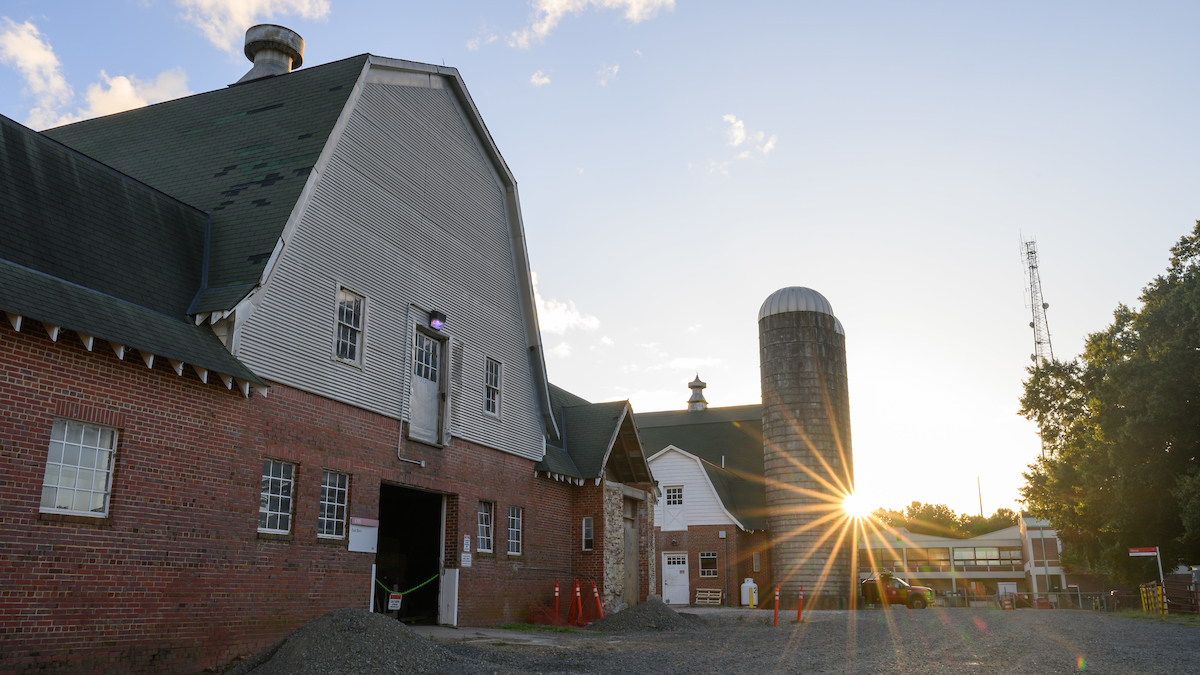
Standing for nearly a century, the brick barns and rustic silos dotting the NC State College of Veterinary Medicine campus in West Raleigh have done more than provide a picturesque backdrop for the college since it was dedicated in 1983.
Over the past four decades, these structures — built to house a state dairy operation during the Works Progress Administration program of the 1930s — also have provided a dynamic, hands-on educational space where thousands of veterinarians-to-be have learned critical skills by caring for the scores of farm animals calling the college’s Teaching Animal Unit home.
An 80-acre working farm that includes the barns and silos, the unit allows NC State’s veterinary students to learn husbandry, production management and procedures used routinely in livestock production right outside their college classrooms.
The TAU, as the farm is known, also gives students of every veterinary specialty a haven, a place to decompress, to hug a baby goat or scratch a new calf’s ear, during the stressful days of vet school.
“There’s nothing else like NC State,” says Danielle Mzyk, a Chapel Hill native and an alumna who earned both her veterinary degree and a Ph.D. in pharmacology at the college. “As a student, I could go to class in the morning and then go see a foal being born during lunch. In the spring, it was a great stress reliever to be able to snuggle with the baby goats during a break.”
In addition to goats, the historic barns at the Teaching Animal Unit house beef and dairy cows and swine. Horses are cared for at the college’s nearby Reedy Creek Equine Farm.
The two facilities allow for hands-on lessons for students, who work with the animals in labs their first three years and in a clinical rotation their fourth year.
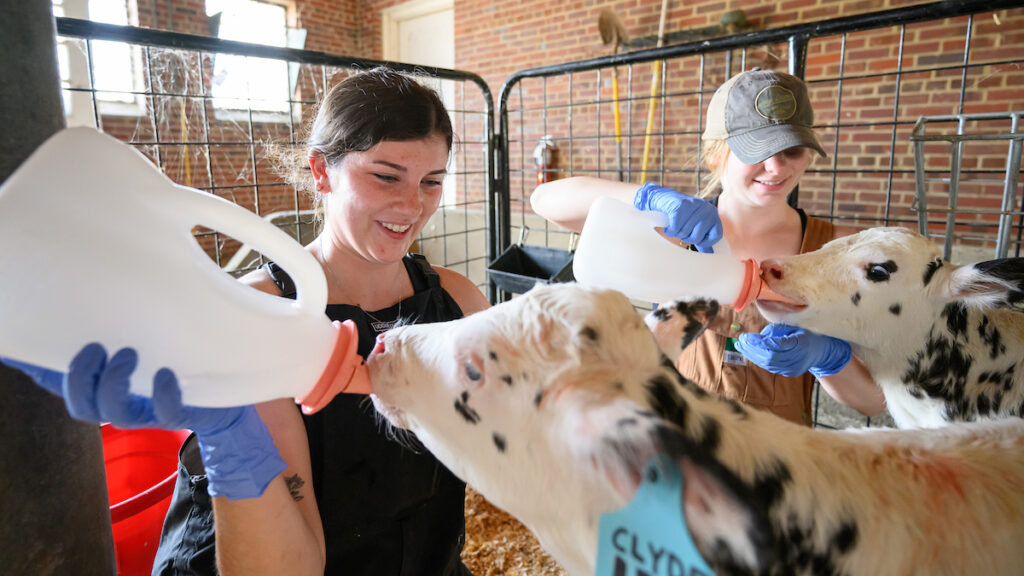
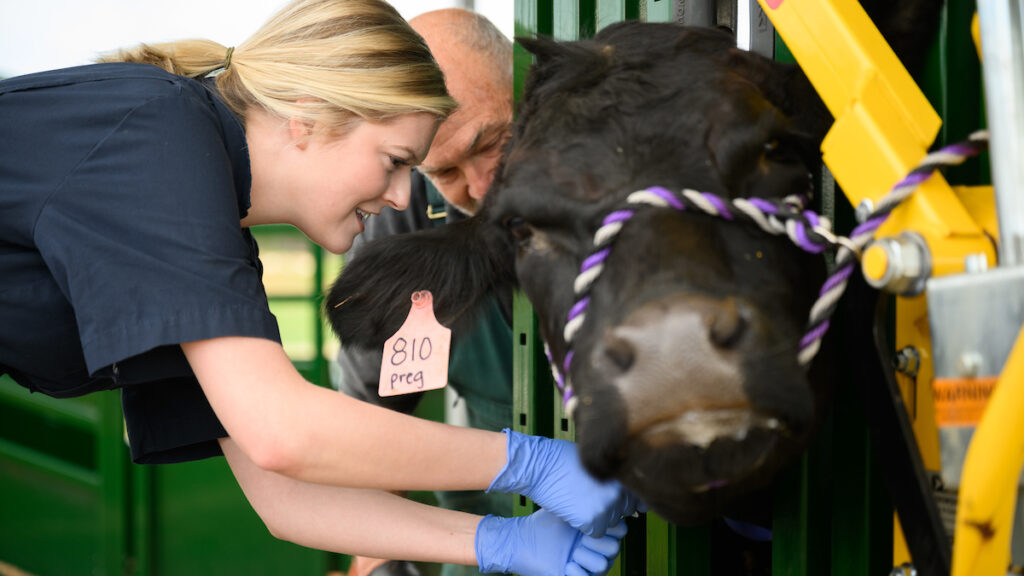
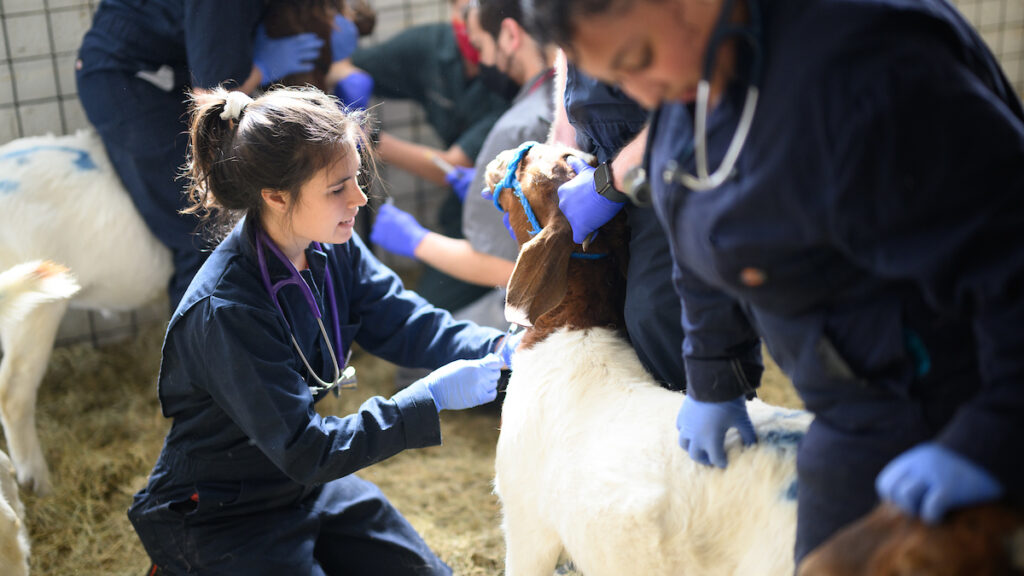
Mzyk spent time as a ruminant veterinarian after graduation, but she has returned to the NC State College of Veterinary Medicine as a clinical veterinarian. She says the wonderful experiences she had as a student at the Teaching Animal Unit helped put her on a successful path, and now she’s happy to get to pay that forward in the same space.
“I really want students to know, ‘You can handle this,’” Mzyk says. “‘You are the smartest person in the room, on this farm, in this field, with this goat, and you’re the one who’s going to make a difference.’”
Dr. Allison West became the clinical veterinarian for the animals at both the TAU and the Reedy Creek facility in November 2022.
“At NC State, students get, from their first year, hands-on experience with all species,” West says. “Other schools, you’re in only the classroom for three years, and it’s hard to draw those connections when you’re sitting there looking at a screen. Here, you see how to do an exam on a goat and then can go out and do it. Correlating that classroom with hands-on learning is critical. You don’t have to remember in your fourth year what you learned three years ago. This place is amazing.”
To keep the TAU as a dynamic, relevant part of veterinary education for future generations of healers, an ambitious new master plan adopted in 2017 called for upgrades and improvements to the facilities and the addition of a new dairy barn, completed this year.
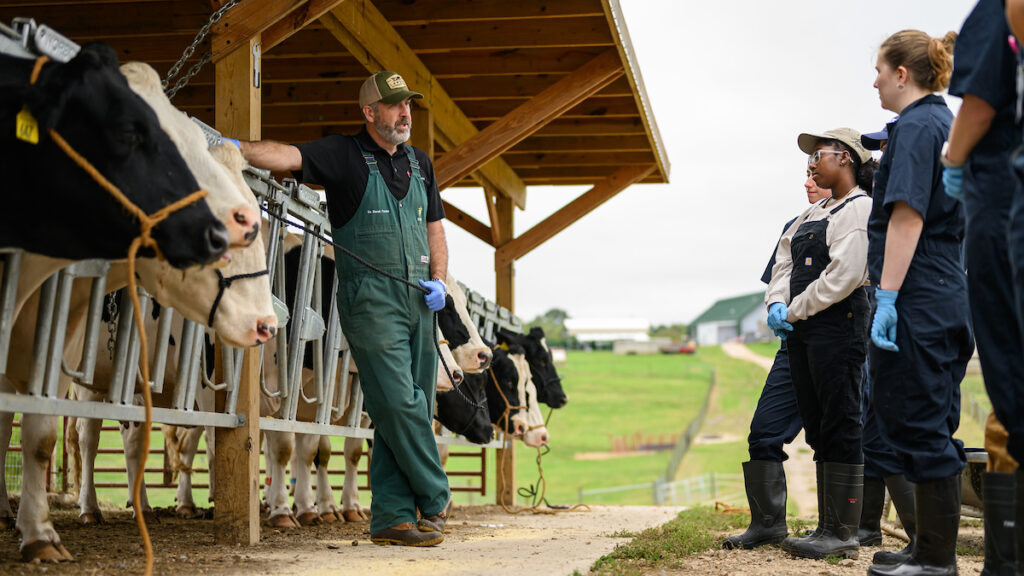
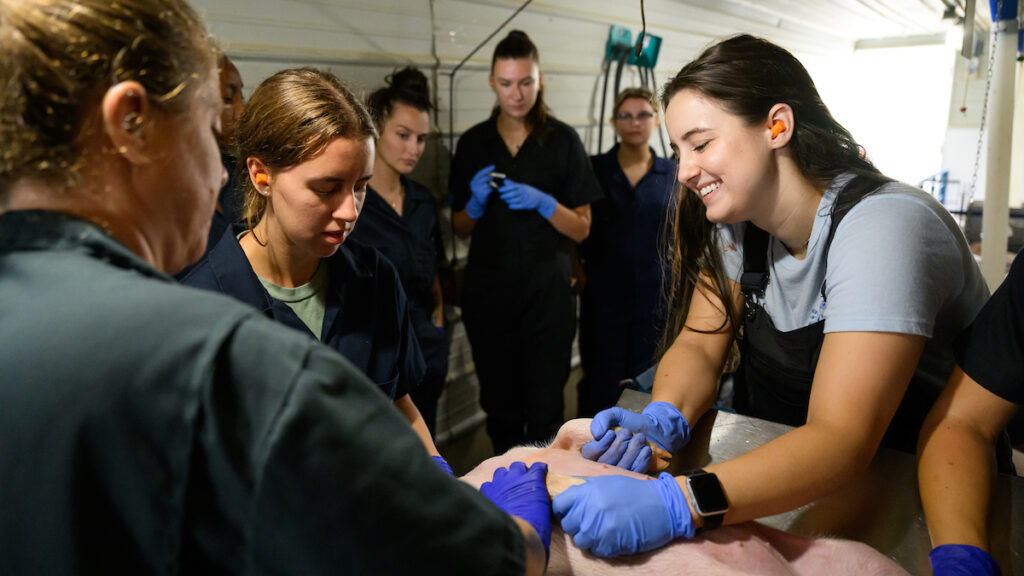
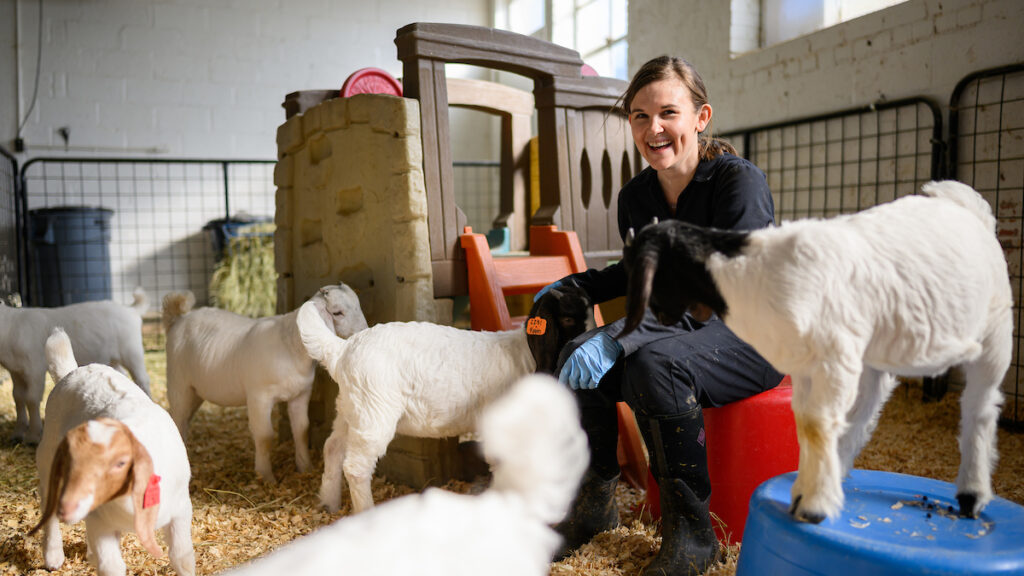
As the cattle transition to the new facility, the college is planning to renovate the historic barns into better-equipped, multifunctional teaching spaces. In a state that ranks No. 3 in swine production, maintaining the farm animal teaching space is critical.
“We foresee the enhancement catering to a diverse range of activities, from specialized teaching spaces for farm animal and equine care, simulation laboratories with life-sized animal models and improved work and small group study space,” Dean Kate Meurs says. “Modernizing these historic facilities will impact the quality of education our students receive, the welfare of animals under our care and the advancement of veterinary medicine everywhere.”
During the construction of North Carolina’s only veterinary school, founding Dean Terrence Curtin made it a goal that the historic barns and silos remain. The Charlotte-based architectural firm that designed the NC State College of Veterinary Medicine actually used the barns’ roof profiles to complement the roof patterns chosen for the main building.
“The TAU is a big part of our overall strength,” Meurs says. “It’s part of our approach of continuous innovation to remain on the cutting edge of veterinary medicine. Having a working farm right outside our doors has changed the trajectories of some careers, and that can impact the entire veterinary profession down the line.”
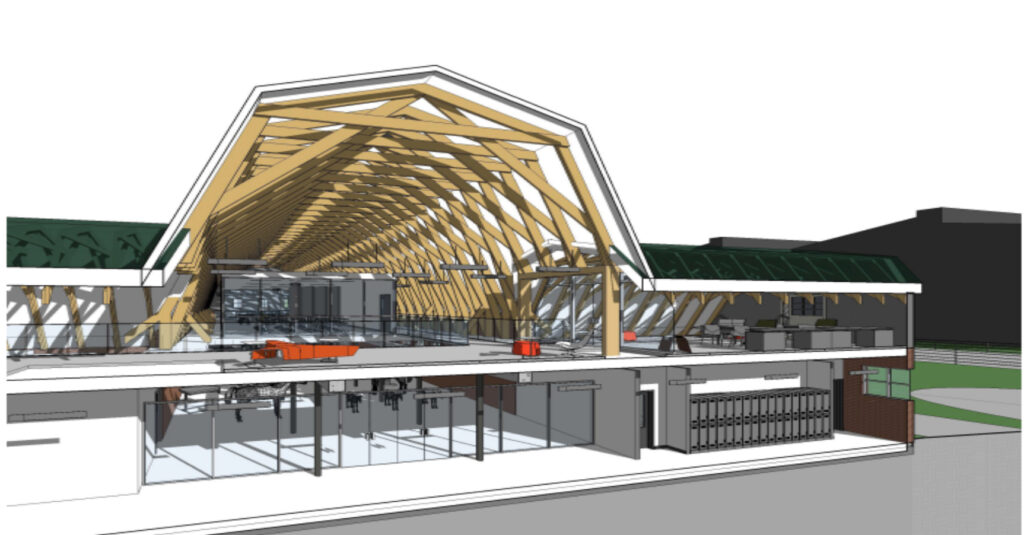
- Categories:

